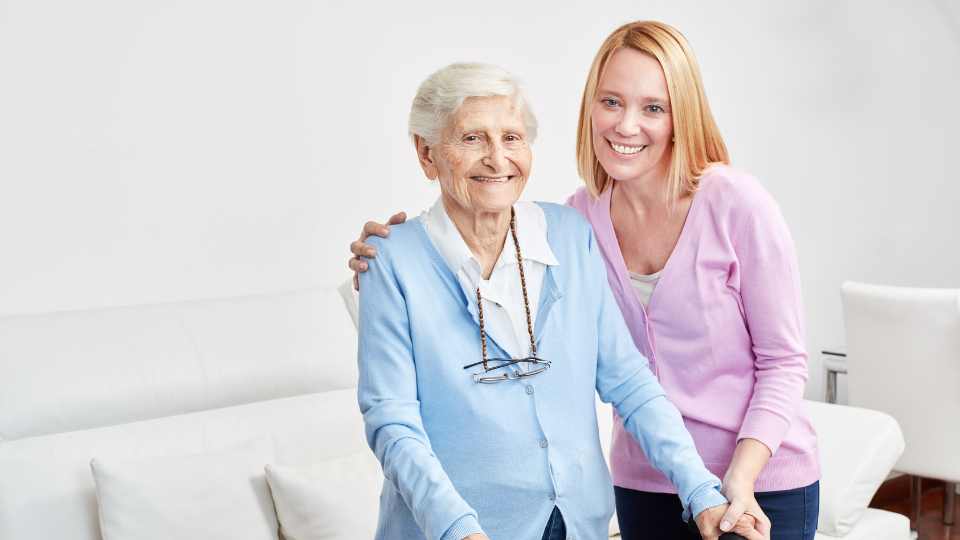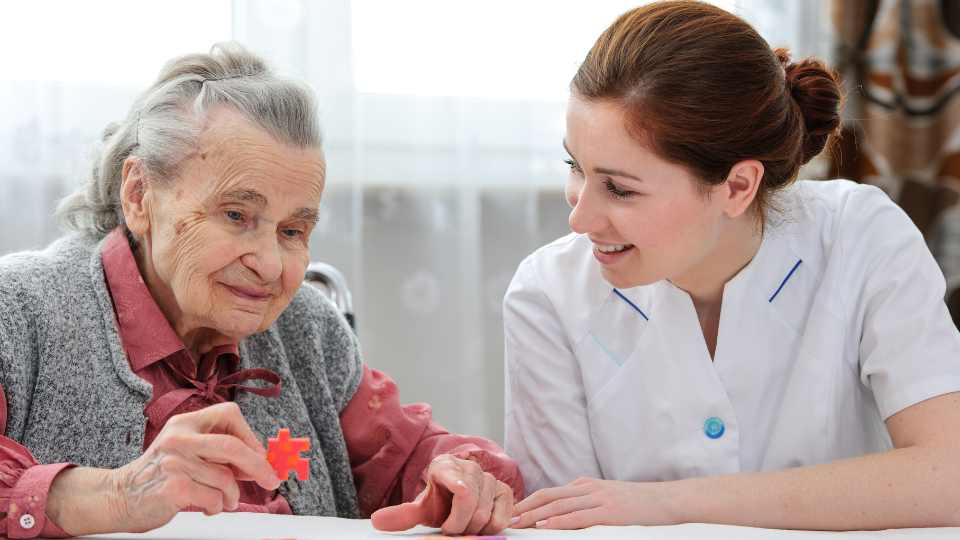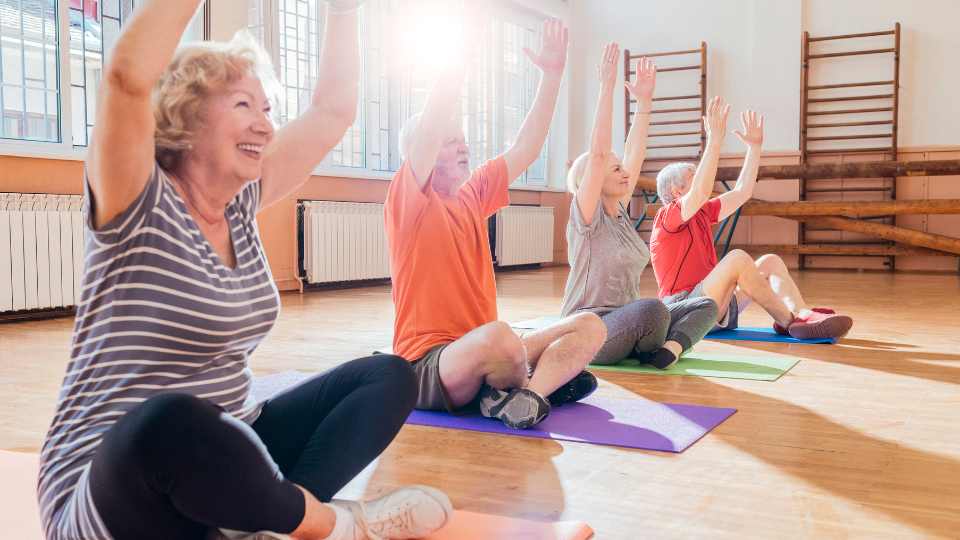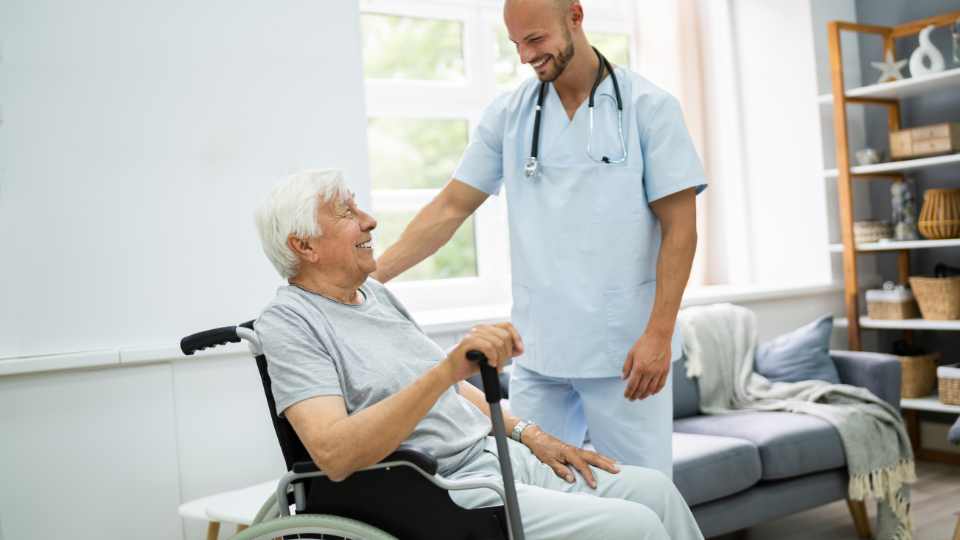Health Benefits Of Exercise For Seniors
As we get older, our muscles start to atrophy and our bones become more brittle. This is due in part to the fact that we don’t spend enough time exercising. In particular, seniors should focus on exercises that target their core muscles. Fortunately, there are plenty of health benefits to be gained from doing regular exercise, regardless of your age.
The Benefits of Exercise for Senior
The elderly are often advised to exercise for health benefits, but what specifically is recommended? A recent study suggests that moderate-intensity exercise can help seniors stay mentally and physically healthy as they age.
Physical health benefits of exercise for seniors include reducing the risk of obesity, improving joint function, boosting moods and preventing falls. Exercise may also reduce the risk of developing Alzheimer’s Disease or other forms of dementia. Regular exercisers have a decreased risk for depression and anxiety disorders, better sleep habits and increased life satisfaction.
So what is the best type of exercise for elders? According to the American College Of Sports Medicine (ACSM), any physical activity that increases your heart rate moderately is beneficial. This includes activities like walking, biking, swimming or tennis. It’s important to find an activity that you enjoy so you stick with it over time.
So whether you are a senior citizen looking to stay healthy and active or someone who just wants to be a little more mindful about your health, exercise can be an important part of your overall wellness strategy.
Types of Exercise That Are Beneficial for Seniors
There are many types of exercise that are beneficial for seniors, and they can all help improve their overall health. Some common types of exercise that seniors should consider include:
1) aerobic exercise: This type of exercise helps to increase the amount of oxygen in the bloodstream, which is important for overall health. Aerobic exercise can be done on a treadmill, elliptical trainer, or cycling machine.
2) resistance training: Resistance training helps to build muscle and strength, which can help improve your balance and coordination. It can also reduce the risk of falls and injuries. Some good options for resistance training include using weight machines such as a bench press, squat machine, or leg press; doing calisthenics such as squats, push-ups, and lunges; or working with free weights.
3) flexibility exercises: These exercises help to improve range of motion (ROM), which is important for overall mobility and independence. Flexibility exercises can be done using yoga poses or stretches such as hamstrings curls and calf stretches.
4) social activities: Participating in social activities can be a great way to get out and enjoy life while improving your health. Activities that seniors should consider include joining a gym club or walking group; going for walks around the neighborhood; playing golf or tennis; or participating in martial arts classes.
How Much Exercise is Enough?
Exercise has been shown to be beneficial for both the heart and the brain in older adults. In fact, exercise can help prevent or delay diseases such as Alzheimer’s and dementia, improve balance and mobility, and reduce inflammation. While it is important for seniors to get the recommended amount of exercise (at least 150 minutes per week), there is no need to overdo it. Rather than spending hours on the elliptical machine or running loops around the block, try some of these easy exercises that can be done anywhere:
-Take a brisk walk: A moderate 30-minute walk will help achieve many of the benefits of exercise.
-Do some gardening: Gardening is a great way to get your heart rate up and move your muscles. Digging, weeding, raking – all of these activities work your core muscles and keep your body active.
-Get up and dance: Dancing isn’t just for kids! Get up from your chair and do some simple steps like salsa or waltz to music you enjoy. It’s a great way to release energy and have some fun!
-Work out with weights: If you don’t have time for a full workout, adding weights to your routine can still help tone your body and increase muscle strength. Try doing sets of 10 or 15 repetitions before moving on to another exercise.
When to Start Exercising and How Often?
There are many health benefits of exercise for seniors, but it’s important to start slowly and gradually increase the amount of exercise you do. Begin by doing a few minutes of activity every day, and then gradually increase the time until you’re exercising for 30 to 60 minutes each day. You should also mix up your exercises so that you don’t get bored.
Exercising has been shown to improve your overall mood, reduce stress levels, help keep your bones strong, and help prevent diseases like heart disease, stroke, and osteoporosis. It can also improve your memory and learning ability. If you’re having trouble getting started because you feel too tired or frail to exercise, try starting with easier exercises that still provide health benefits.
Recent Post
In-home Care: When Is It Time?
In-home Care: When Is It Time? When it comes to elderly parents living on their…
December 27, 2022 0The Difference Between Personal Care And Companion Care
The Difference Between Personal Care And Companion Care When you think about it, most of…
December 27, 2022 0Health Benefits Of Exercise For Seniors
Health Benefits Of Exercise For Seniors As we get older, our muscles start to atrophy…
December 27, 2022 05 Common Misconceptions About Home Care
Benefits Of In-home Care Services One of the biggest concerns for seniors today is their…
December 27, 2022 0The Leisure Years
The Best Tips For Warding Off Depression In Seniors As we get older, our lives…
December 27, 2022 0




